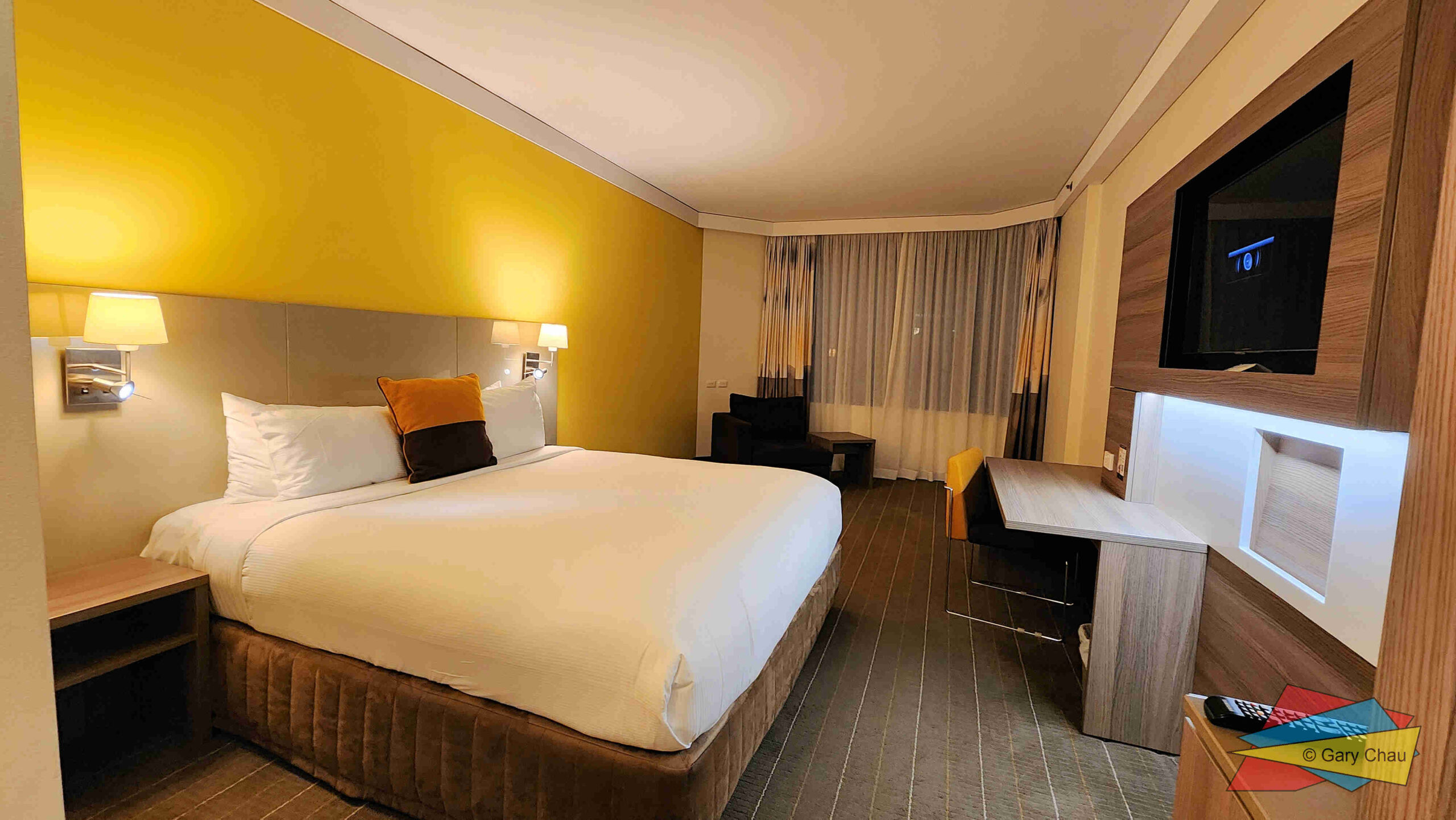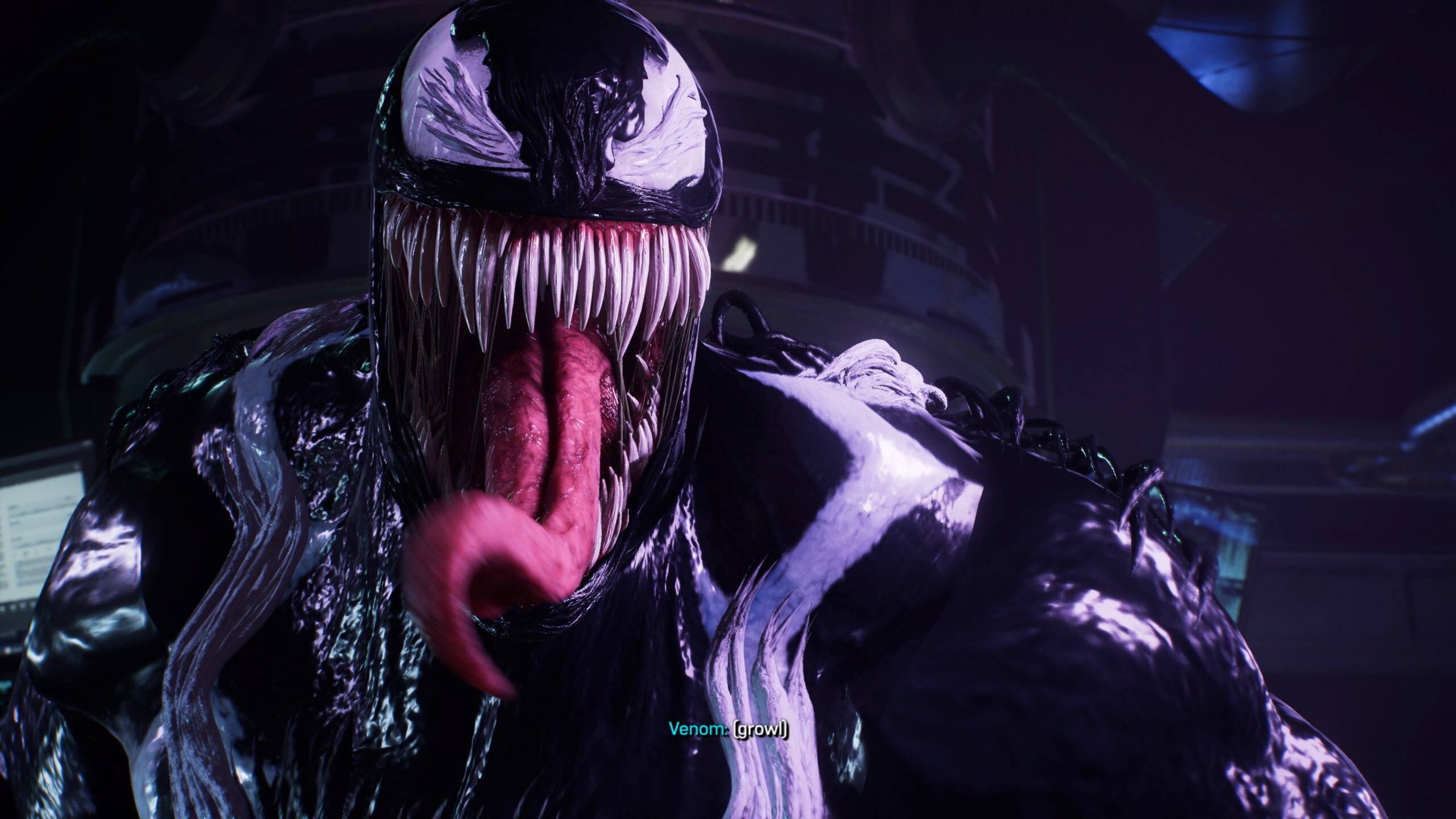In 2018, my wife (then girlfriend) and I visited China on tour with Nexus Holidays. We wanted to have an inexpensive, interesting adventure. The tour delivered on those two things, albeit with too many stops to purchase things at particular stores or factories that provided commissions to our tour guide, like a jade factory, snake oil center, and a silk worm farm. More on this tour later.
One of the most interesting things we saw was one part of the Great Wall of China. On 22 March 2018, by bus, we were taken to the majestic Great Wall of China at Juyong Pass. Juyong Pass Great Wall is one of the three most famous passes along the Great Wall of China, together with Jiayuguan and Shanhaiguan. The Juyong Pass is 60 km from downtown Beijing. The pass is a solid stronghold encircling a valley, which was the northern direct access to Beijing in ancient times.
Once we arrived at the base, we were given some time to learn about the wall’s construction and three hours to do whatever we wanted, including time to climb a portion of the wall. For our climb, we managed to make it all the way to the end, from Fortress 7 to Fortress 12. I think you need to be reasonably healthy and fit to make the climb. We saw many people who really struggled to make it even a quarter of the way. I recommend you take it easy.
When we arrived, I looked around the car park to capture some of the sights. You can see that the Juyong Pass is a hilly area. It was also incredibly cold, even though it was late March and meant to be spring weather. You can see in the background of the photo some parts of the Great Wall.
All throughout the base of Juyong Pass are shops and people trying to sell merchandise. You can pick up some snacks and drinks, but there is nothing spectacular or unique. Even if you wanted to pick up memorabilia to say you have been to the Great Wall, like magnets or postcards, you can find them cheaper downtown or elsewhere in China.
I found some of the hawkers to be very persistent at first. I think they are used to seeing tourists and use every arsenal, including their limited English, to score a sale. Some of the hawkers had some interesting goods for sale, like Soviet style head wear, straw hats, etc. However, most of these goods are marked up if it’s being sold to the foreigner. (It is rare for these hawkers to have price tags on things, so they are able to make up a price.)

When it was clear that the hawkers were following the group and the group didn’t want to look rude, they looked to us. Due to the persistence of the hawkers and as the only Asian looking couple, we were approached on how to say ‘don’t want’ numerous times. We went with bù yào (不要), because we wanted to keep it simple. When our fellow travelers were able to respond with bù yào, it greatly helped reduce the hawker’s persistence. I managed to hear some of hawkers mutter in disappointment that the group were able to make clear their intention. (I felt bad, because for some, it is their livelihoods. Even then and at the time, they were probably doing fine if they can do this job out in the sticks.)
We were given three hour to explore this part of the Great Wall. Even from our starting point, the climb looked incredibly daunting. I recommend taking in some of the sights, including the Cloud Platform. There are some nice buildings to take photos of if you are keen to capture some of the historical architecture.
The wall has several pagoda (or keeps) spread along the stretch of the wall that served historically as stations for the guards. You could enter most of the pagoda, but many of the inner parts are sealed off, because many these sections inside these buildings are incredibly tiny (and potentially dangerous for unsuspecting tourists). For example, most of the stairs did not look sturdy and the some of the holes looked too small for the average person nowadays.
The Great Wall was packed with tourists and even locals. The tourists tended to meander around Fortress 7 (or the base area). I feel that a lot of the older tourists felt the journey up (i.e. the climb) would not be for them given their frailness. In saying that, I was impressed to see this short, probably in his 60s, senior Chinese man power walk the length of the wall without looking tired and at the same constant speed. Compared to me, who was puffing and sweating and thinking about turning back partway up my climb, he was completely dauntless. What made it worst for me was seeing him pass me multiples during my time at the wall.
If you are the Juyong Pass, you should make your wall to the end. It’s great exercise and you will be able to capture more of the beautiful views as you climb higher and higher. The whole journey up and back takes about a little over 2 hours to do if you move at a good steady pace.
Climbing the wall is incredibly taxing if you are not used to walking uphill. The task is made harder when you notice that most of the stair heights are inconsistent, some require a large leg up, and at other points, the path can become narrow or the side walls are too low.
In regard to the side walls, there are handles for people to use. These handles are useful when you are climbing up. But for someone like me, who by the way isn’t beating any records on height, the side rails were so low down that I needed to hunch down to touch them. In addition, if someone wanted, they could have easily pushed me off the side of the wall. Barely half my body (sometimes up to my upper thigh), on some stretches, was shielded by the wall. It didn’t help that it was windy and cold that day.
Some parts of the climb are wider than others. But when you are in a narrow section, you also need to be mindful of people who want to pass you, because you may be moving too slowly. You may need to move faster or just find a chance to move to the side. There are multiple pit stops to catch your breath.
I felt most people were pretty well behaved and pretty supportive.
Lucky for some, when you get closer to the end of the Juyong Pass, there are toilets/restrooms to use. They were surprisingly clean. But obviously, if you want to use them for your business, you will need to learn to crouch, because there is no toilet seat to sit on and no flushing.
When you see the red building, e.g. the toilets, you can rest assured that you are nearly at the end. In fact, you can see the end from the toilets.
This is us. We made it to Fortress 12. Once you get to this point, there is no way to keep moving further. Just take a photo, hopefully someone can capture your achievement for you, and head back down.
You might, like me, before heading back down take a photo of the wall from your vantage point. From Fortress 12, you can almost get a feeling on how long the Great Wall is and how long it stretches.
The descent feels more dangerous than the upward climb. One trip and you could be rolling down those stairs. I recommend taking it easy. The trip down should be easier than the journey to the top.
The Great Wall was a great experience. I thought it was fantastic to learn about the wall, walk upon it and experience it in person. I think other people should visit this wonder of the world. You will feel all the more better after visited it.
Here is a map showing where Juyong Pass is in the world: Changping District, Beijing, China:
Please support the website by liking the article or subscribing to the mailing list. The review and the experience above are based on my own views. No commission, freebies or payments have been received.
Here are some of my recent articles:
Discover more from Australian Sightseer
Subscribe to get the latest posts to your email.



